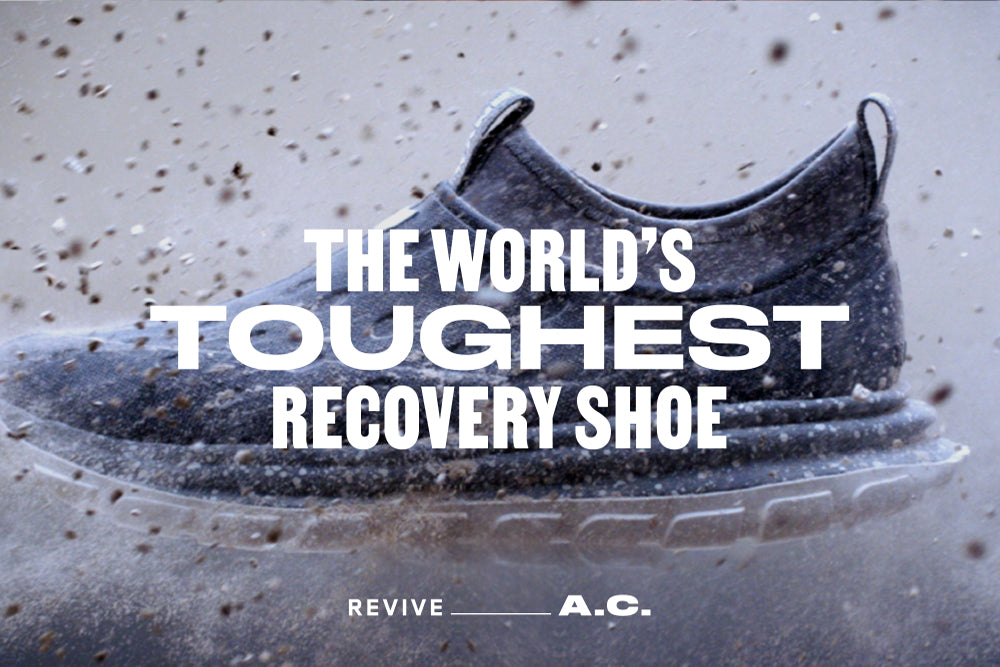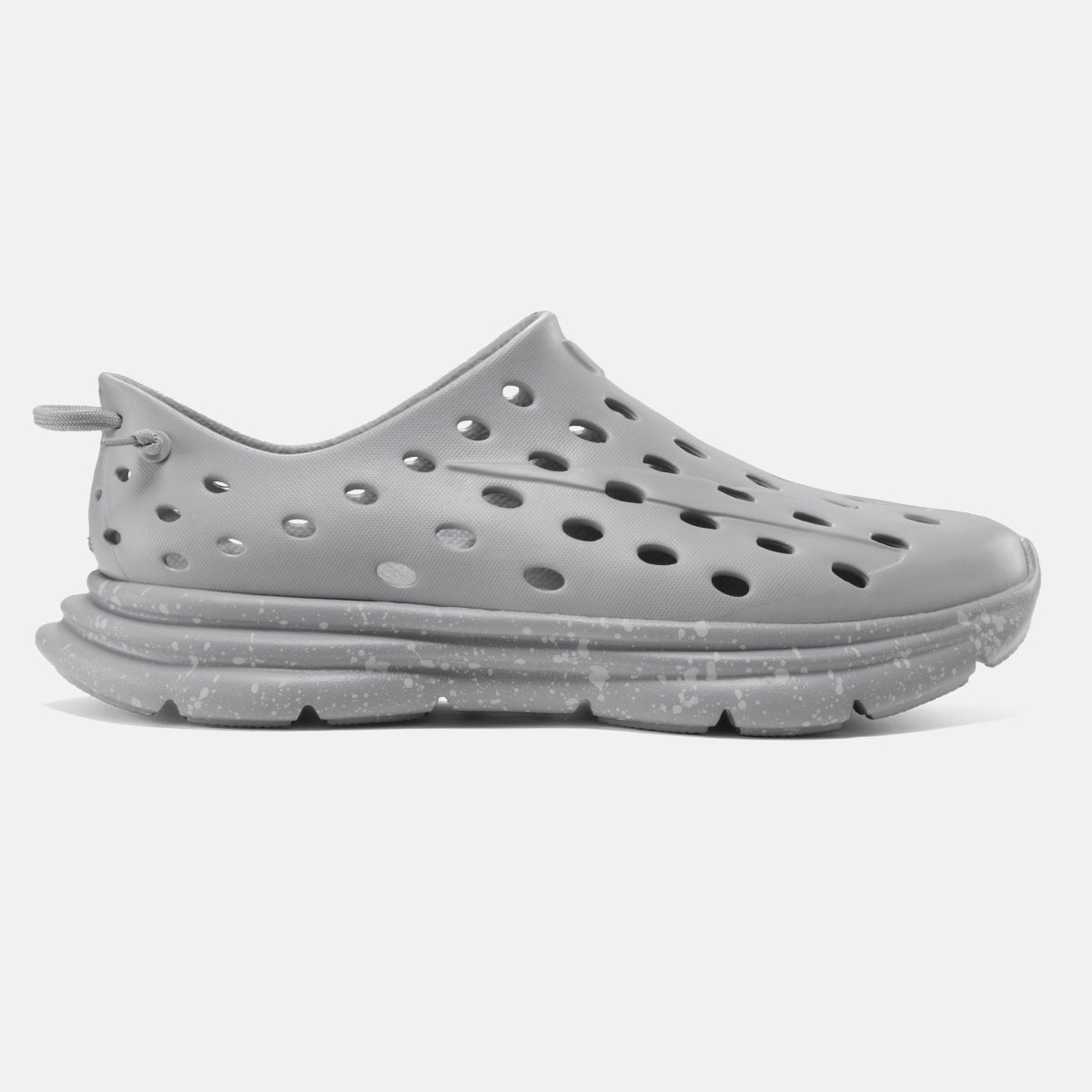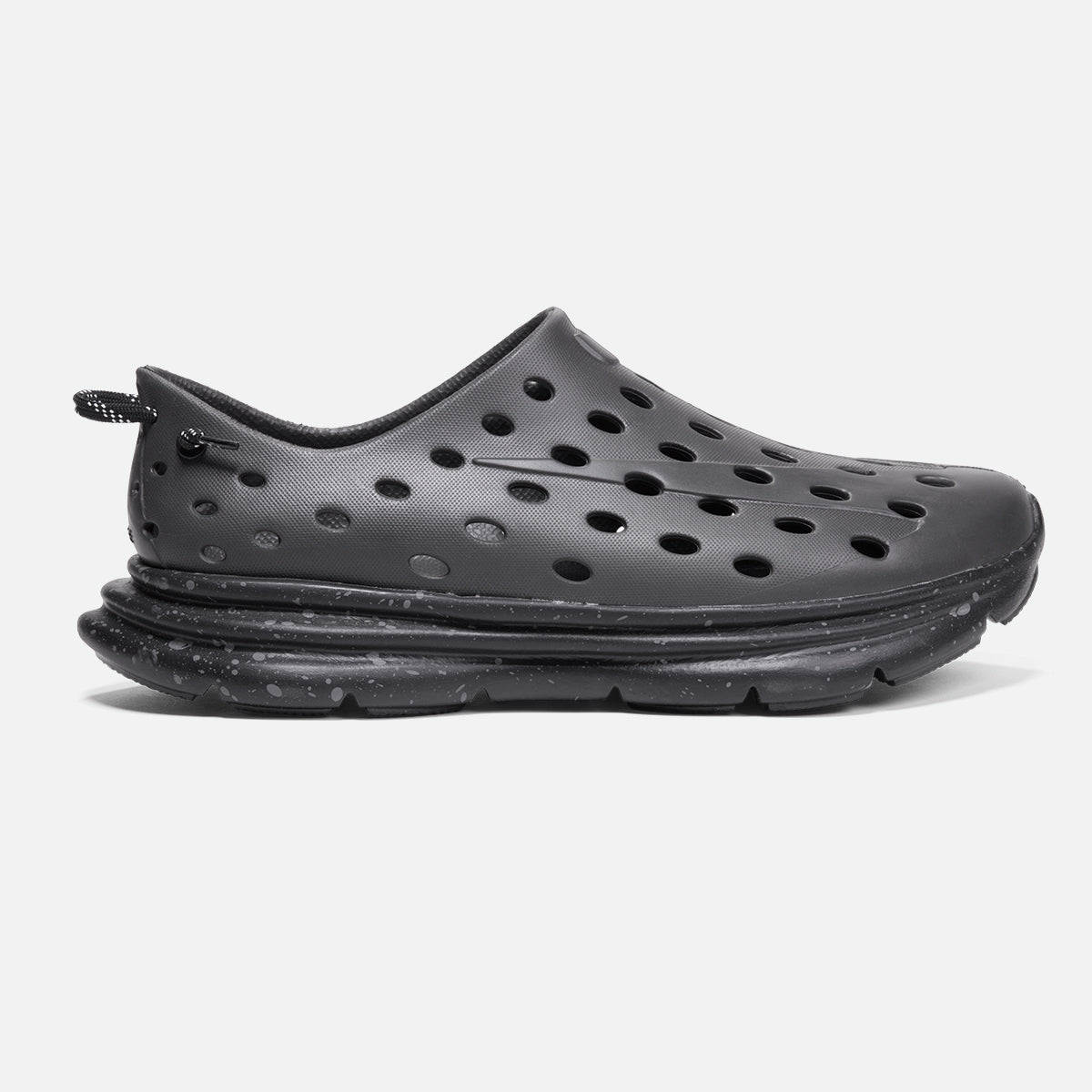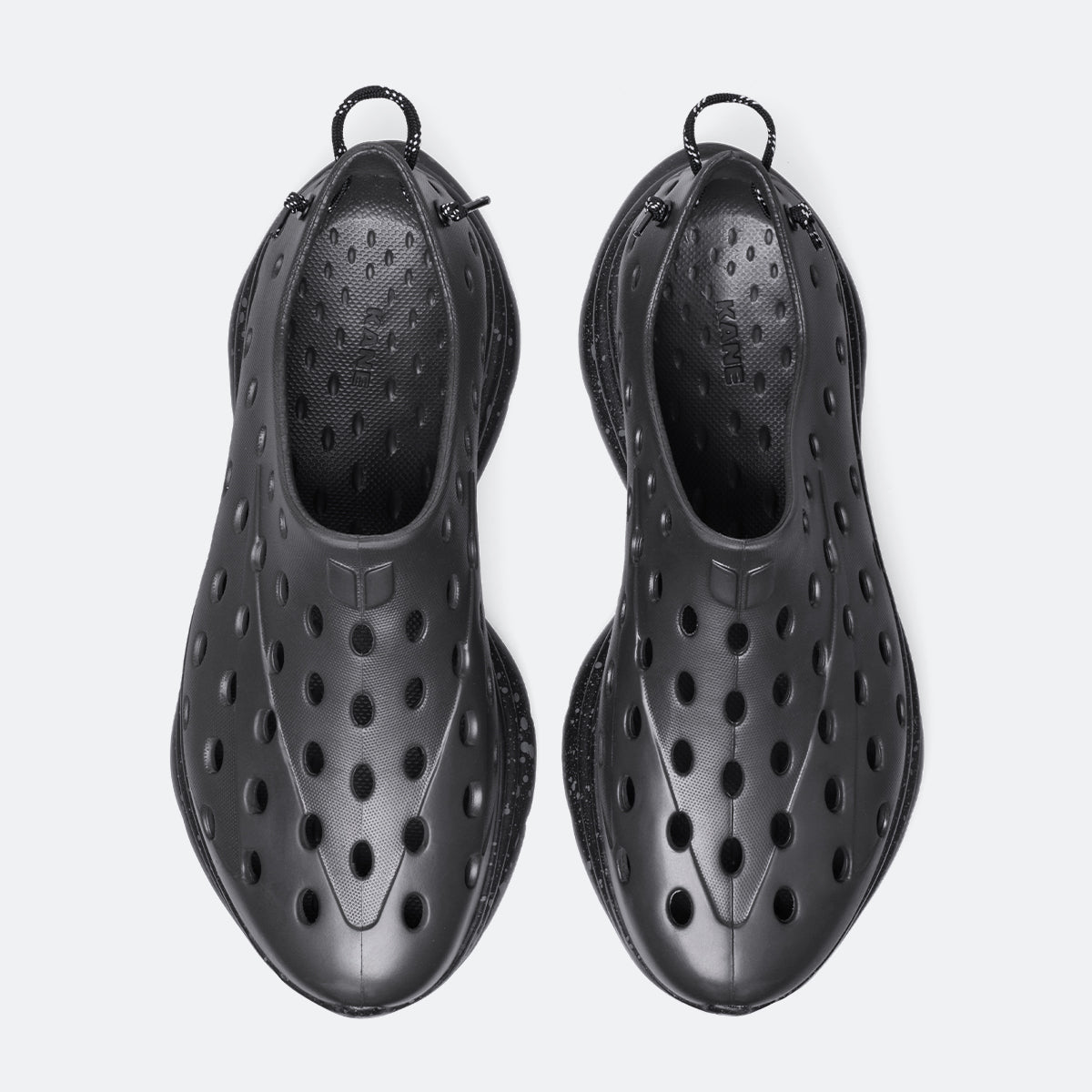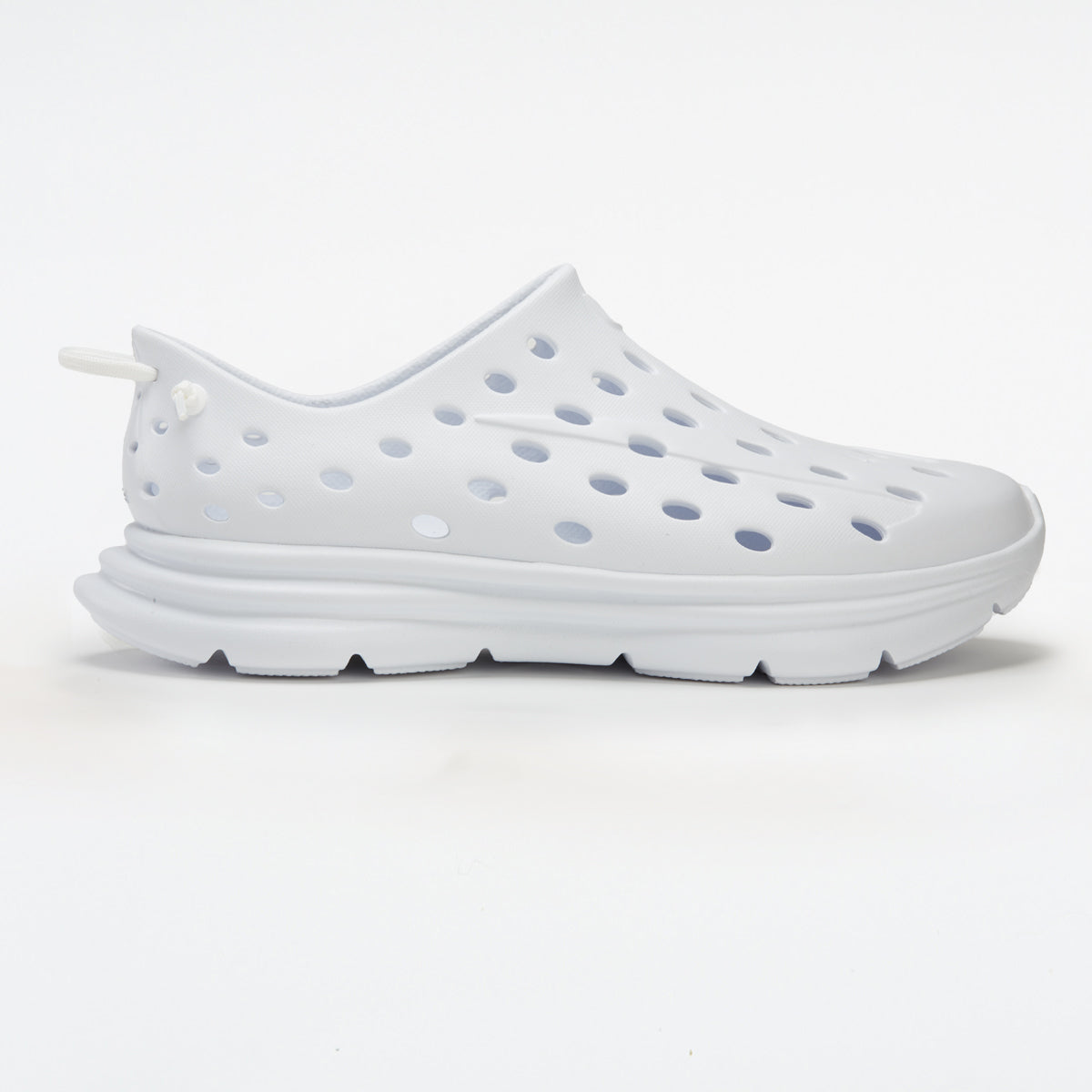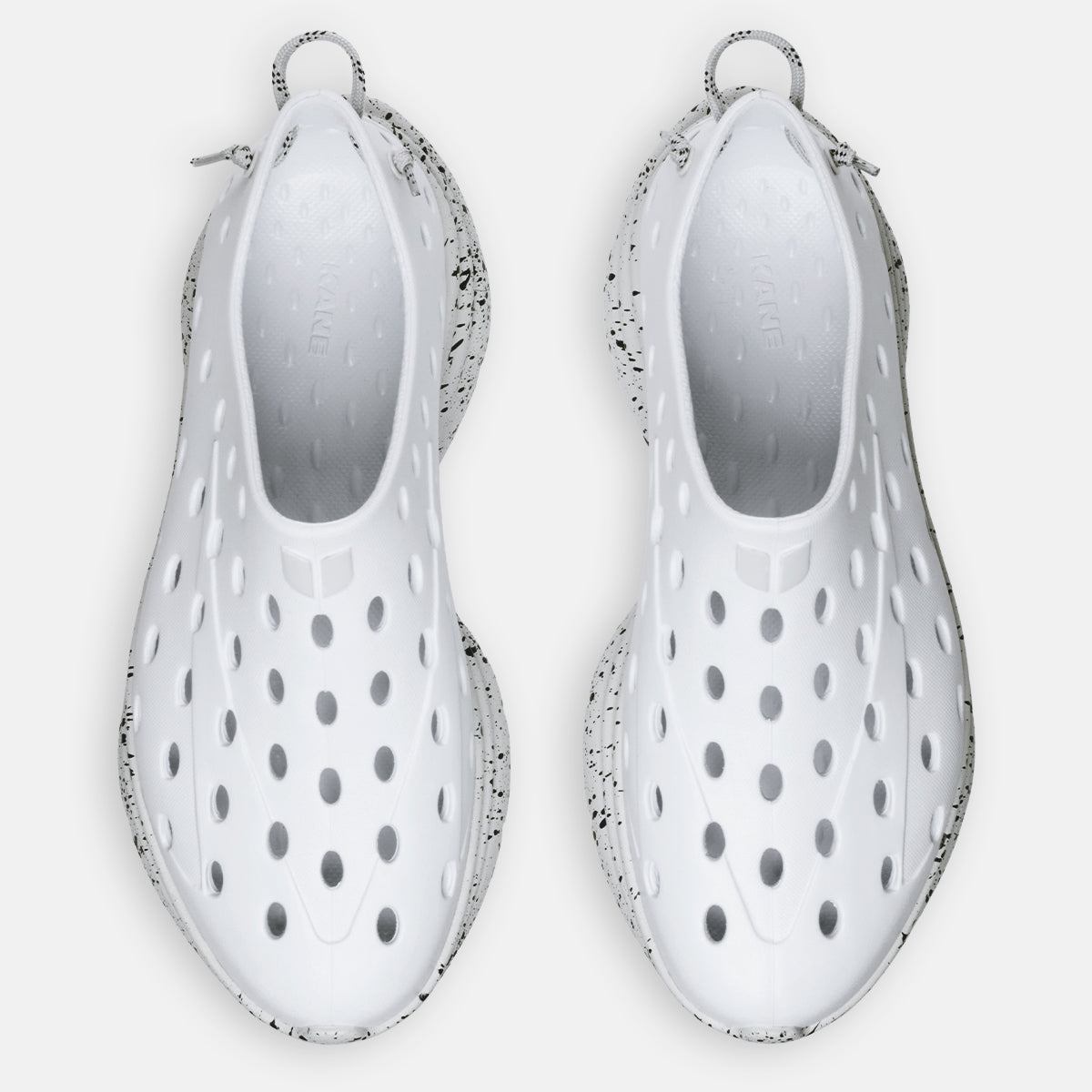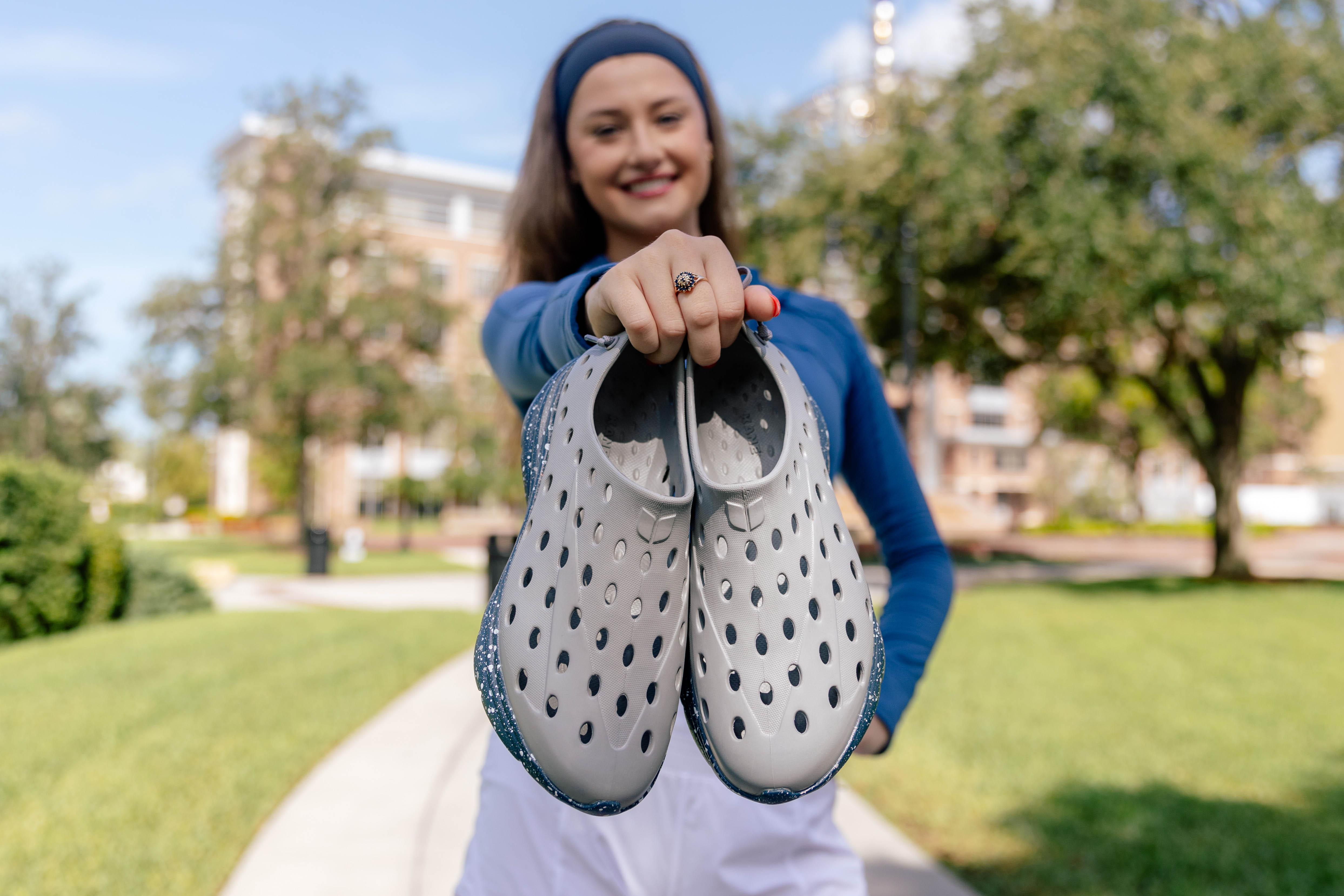10 foot exercises worth trying
The following stretching and strengthening exercises can be done daily - or even just a few times a week - to help with flexibility, range of motion and overall foot strength. These are some of the best foot exercises, as they can be taken slowly and steadily.
*Note: If you have achy feet or ankles, injuries of any kind, or are diabetic, always check with a health practitioner before engaging in any of these foot alignment exercises. A foot specialist who has assessed your specific feet will know what's best for your circumstance.
1. Toe spreading/Toe splaying
Toe spreading/toe splaying exercises can help increase overall toe mobility, as well as alleviate discomfort from bunions. These movements can improve control over toe muscles and help manage toe and foot alignment issues.
Try the following exercise:
- Sit in a chair with a straight back, feet gently resting on the floor
- Keeping your feet flat on the ground, spread your toes apart (not just your big and second toes - all five!)
- Hold this wide spread for 5 seconds and release
- Repeat the above 10 times for both feet
2. Big toe stretch
This three-way stretch exercise has a de-cramping effect and will encourage range of motion in your foot - particularly in your big toe. This specific stretch can relieve pain from the dreaded ‘shoe cram’ we’ve all experienced in our day to day lives.
Try the following exercise:
- Sit in a chair with a straight back, feet gently resting on the floor
- Lift up either foot and place it on the opposite lower thigh (near the knee)
- Use your fingers to gently lift and stretch your big toe upwards for 5 seconds
- Stretch your big toe downwards for 5 seconds
- Pull your big toe to the side, away from the rest of your toes for 5 seconds
- Repeat the above 10 times on one foot
- Switch feet and repeat steps
3. Arch strengthening with marble pick-up
Strong foot arches keep you stable and can prevent, or even fix, misalignment issues. These exercises target and alleviate foot problems like overpronation (inward collapse) and supination (outward rolling) by strengthening the bottom of foot muscles and toes.
Try the following exercise:
- Begin in a sitting or standing position
- Place 15-20 marbles and a bowl on the floor near you
- Using only your toes, pick up one marble at a time and place each one into the bowl. (Use only one foot to pick up all the marbles)
- Repeat with the alternate foot

4. Calf and Achilles tendon stretches
The heel cord connecting your heel to your calf muscles is the Achilles tendon. When your Achilles tendon is tight, often your calf muscles will feel tight as well, and vice versa. This tightness can lead to leg pain and foot misalignment, which stretching can help alleviate. Increasing flexibility is key.
Try the following exercise:
- Face the wall in standing position with one foot forward and the other back, keeping your back leg and knee straight
- Bend the knee on your front leg
- Push your hips forward until you feel your Achilles tendon and calf muscle stretch, holding for 30 seconds
- Switch legs and repeat the above
5. Ankle mobility
Improving ankle mobility can help prevent, or rectify, foot misalignment. Performing these exercises as needed, or even routinely a few times a week, can make a big impact on your overall stability.
Try the following exercise:
- Sit on the floor with your legs out straight in front of you
- Slowly rotate both ankles clockwise for 30 seconds
- Slowly rotate both ankles counterclockwise for 30 seconds
6. Balance exercises
Staying physically balanced starts with your feet. Maintaining stability on your feet through various balancing exercises can target misalignment issues, strengthen your feet as a whole and lessen the chances of unforeseen falls.
Try the following exercise:
- Stand on one foot for 30 seconds (*to increase difficulty level and improve balance further, close your eyes during this time, only if it feels safe to do so)
- Repeat the above on the other foot
- As your balance improves, you may choose to increase the duration of your balancing time
7. Foot massage with rolling
Using a tennis ball, foam roller or a frozen bottle of water (if your feet aren’t too sensitive to the cold) can work wonders as a means to relieve foot muscle tension. For those with arch soreness and plantar fasciitis, massaging and rolling your feet can be very helpful.
Try the following exercise:
- Sit in a chair with a straight back, feet placed flat on the floor
- Roll a tennis ball, foam roller or frozen water bottle under your feet for 5-10 minutes each day
- Put your foot on top of the tennis ball and roll it around, massaging the bottom of your foot
- Increase or decrease pressure as needed
8. Ankle stretch
Stretching your ankles can relieve stiffness and pain in the area, ultimately improving foot misalignment. Dedicating time each day to improve your ankle strength and flexibility can increase your range of motion.
Try the following exercise:
- Attach a resistance band to a sturdy, stable object
- Sit on the ground with the resistance band around your right foot
- Pull your toes up towards you slowly
- Switch legs and perform the above with the left foot
9. Heel raises
Heel raises are helpful for improving calf and ankle strength, encouraging proper alignment of the feet and overall stability.
Try the following exercise:
- Select a wall you can balance against with your hands
- Using your toes and calf strength, raise the backs of both feet slowly upward, keeping only the balls of your feet in the air
- Return to starting position
10. Ankle rotations/circles
Rotating/circling your ankles using specified exercises will encourage flexibility and range of motion, helping to warm up your feet and prevent injuries. By performing these motions, you can open up your ankle joints and release tension.
Try the following exercise:
- Find a comfortable place to sit upright
- Raise one foot off the ground, keeping the other flat on the floor
- With your big toe upward, rotate the foot to the left and then to the right
- Hold for 10 seconds, then return to starting position
- Repeat 20 times for each foot

Extra foot health tips
-
Wear proper footwear → Supportive footwear with cushioning and grip can have a positive impact on foot alignment
-
Try custom orthotics → If you require custom orthotics based on a podiatrist’s recommendation, these may add further support for your foot on the whole
-
Get regular check-ups → Stay on top of podiatrist assessments if deemed necessary for your specific foot issue(s), as these can help prevent and/or treat foot alignment problems



